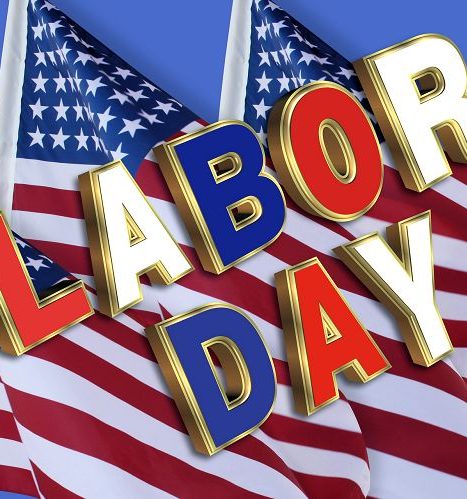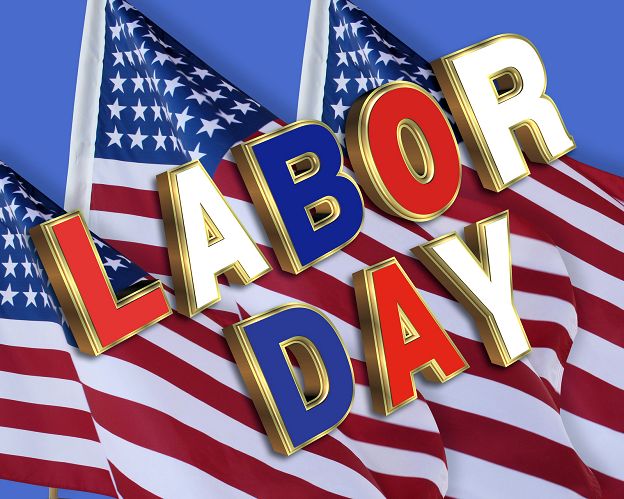
International workers day, labor day, may day, it’s a public holiday in many countries worldwide. It usually occurs on May 1, but not in every country. Its origin, history, customs and traditions.
For most countries, “Labour Day” is a public holiday, synonymous with, or linked with, International Workers’ Day, which occurs on 1 May. Some countries vary the actual date of their celebrations so that the holiday occurs on a Monday close to 1 May. Some other countries have a holiday at or around this date, but it is not a ‘Labour day’ celebration.
May Day, a holiday of ancient origin, is observed on the first day of May, especially in Europe. It has traditionally been celebrated with merrymaking and festivities. Some experts trace May Day celebrations back to agricultural and fertility rites of pre-Christian times. Others associate May Day festivals with ancient Roman rites practiced in honor of Flora, the Roman goddess of spring.
May Day is traditionally greeted with joyous dancing around a garlanded pole, called a maypole, from which streamers hang. Each dancer holds the end of a streamer, and the dancers wind the streamers into a pattern as they move around the maypole. Some schools and colleges still hold May Day festivals with maypole dancing and the selection of a May queen.
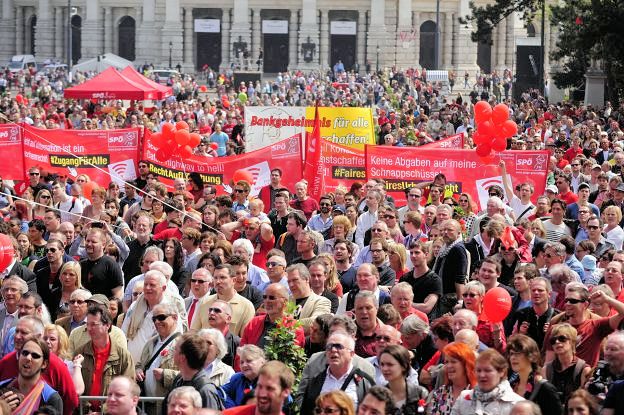
The maypole dance is a spring ritual long known to Western Europeans. Usually performed on May 1 (May Day), the folk custom is done around a pole garnished with flowers and ribbon to symbolize a tree. Practiced for generations in countries such as Germany and England, the maypole tradition dates back to the dances ancient people used to do around actual trees in hopes of harvesting a large crop.
Today, the dance is still practiced and holds special significance to pagans, including Wiccans, who have made a point to take part in the same customs their ancestors did. But people both new and old to the tradition may not know the complicated roots of this simple ritual. The history of the maypole dance reveals that a variety of events gave rise to the custom.
Historians have suggested that maypole dancing originated in Germany and traveled to the British Isles courtesy of invading forces. In Great Britain, the dance became part of a fertility ritual held every spring in some areas. By the Middle Ages, most villages had an annual maypole celebration. In rural areas, the maypole was typically erected on the village green, but a few places, including some urban neighborhoods in London, had a permanent maypole that stayed up year round.
Children have also celebrated May Day with the exchange of May baskets. After making baskets of paper, they fill the baskets with flowers, candy, or other goodies and give them to friends. Traditional May Day festivities have been kept alive in parts of England and other European countries. However, they never became especially popular in the United States.
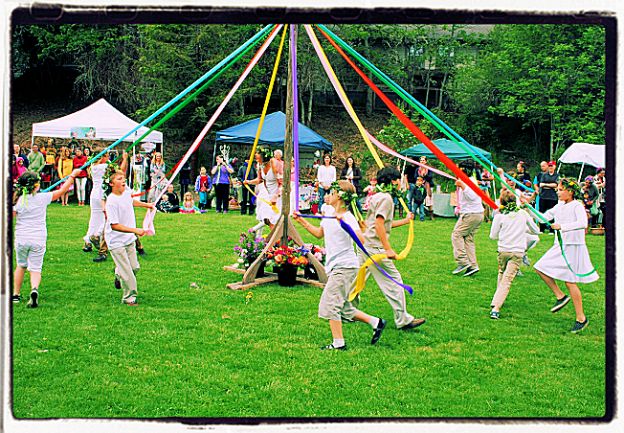
May Day has been set aside to commemorate the labor movement in many countries around the world. An international workers’ day was first called for in 1889 at the Second International, a meeting of socialists in Paris, France. The day was intended to honor anarchist workers who were sentenced to death following the Haymarket Square Riot in 1886 in Chicago, Illinois. That rally had been called at Haymarket Square on May 4 to protest police violence against workers campaigning for an eight-hour working day. The Haymarket Square rally turned violent, though no one knows who started the violence.
May Day gradually became popular in more and more countries, although the United States and Canada chose to honor workers on Labor Day in September. May Day was especially significant in the Union of Soviet Socialist Republics (USSR) and other Communist countries. In Moscow the May Day parade featured armored tanks, rockets, and military personnel saluting the nations’ leaders. Since 1999 groups protesting globalization and capitalism have staged demonstrations on May 1 in cities around the world.
Labour Day (Labor Day in the United States) is an annual legal holiday honoring the achievements of workers and it is celebrated in the United States and Canada on the first Monday in September, while in Europe and other countries on the first of May. The observance includes parades, concerts, and speeches reviewing labor’s contributions to society. It has its origins in the labour union movement, specifically the eight-hour day movement, which advocated eight hours for work, eight hours for recreation, and eight hours for rest.
Peter J. McGuire, a carpenter and union leader, generally receives credit for suggesting a holiday to honor workers in 1882. McGuire chose the September date to give workers a holiday midway through the long stretch between Independence Day (July 4) and Thanksgiving (the fourth Thursday in November). The first Labor Day observance was held in New York City on September 5, 1882. Thousands of workers marched in a parade from City Hall to Union Square. Afterward, they gathered in a park with their families for a picnic and speeches.
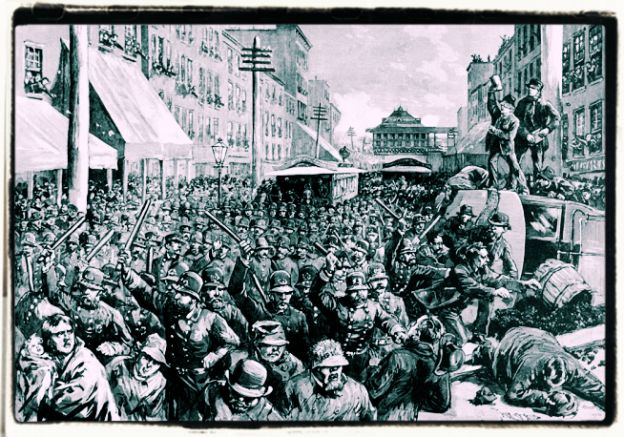
In 1887 Oregon became the first state to make Labor Day a legal holiday. Other states soon followed. Early Labor Day parades were demonstrations in support of an eight-hour workday. During the 1800s most laborers worked long hours at low pay.
In 1894 the United States Congress passed legislation that made Labor Day a federal holiday, and President Grover Cleveland signed the bill into law. That year, railway workers in Pullman, Illinois, had gone on strike to protest wage cuts. Cleveland sent in federal troops to end the strike. Strikers were killed, and their leaders were jailed. Congress and the president hoped to pacify labor with the holiday.
For some time Labor Day remained a time not only to commemorate labor’s contributions but also to draw public attention to the plight of workers and the struggle of labor unions to improve working conditions. Parades in which workers march with their local union and at which labor leaders give speeches are still a major feature of Labor Day in many U.S. towns and cities. One of the largest Labor Day parades in the United States takes place in New York City.
To many Americans, however, Labor Day signals the end of summer vacations and the start of a new school year. Many families observe Labor Day by gathering for the last picnic of summer or the season’s final trip to the beach.
Labor groups in the Canadian cities of Ottawa and Toronto first organized parades and rallies in 1872, ten years before the first Labor Day celebration in the United States. The parade in Ottawa, Canada’s capital, marched to the home of Canadian prime minister John A. Macdonald. At that time, union activity was illegal in Canada. Macdonald promised that such laws would be removed from the statute books, and the Canadian Parliament repealed the laws against union membership later in 1872.
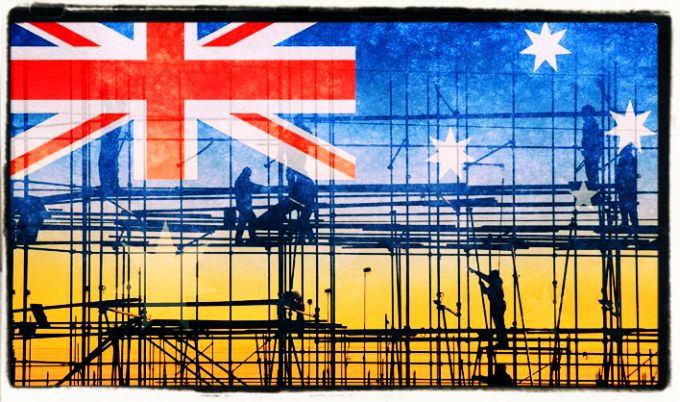
Peter McGuire, the initiator of New York City’s first Labor Day parade, may have gotten the idea from Toronto. Toronto labor officials invited McGuire to their celebrations in 1882. That year he proposed the idea for a workers’ parade in New York.
The Canadian Parliament passed legislation making Labour Day an official holiday in 1894, the same year as the U.S. Congress. Labour Day celebrations in Canada are held on the first Monday in September and are similar to those in the United States.
Labour Day in Australia is a public holiday on dates which vary between states and territories. It is the first Monday in October in the Australian Capital Territory, New South Wales and South Australia. In Victoria and Tasmania, it is the second Monday in March (though the latter calls it Eight Hours Day). In Western Australia, Labour Day is the first Monday in March. In Queensland and the Northern Territory, Labour Day occurs on the first Monday in May (though the latter calls it May Day). It is on the fourth Monday of March in the territory of Christmas Island.
The first march for an eight-hour day by the labour movement occurred in Melbourne on 21 April 1856. On this day stonemasons and building workers on building sites around Melbourne stopped work and marched from the University of Melbourne to Parliament House to achieve an eight-hour day. Their direct action protest was a success, and they are noted as being among the first organised workers in the world to achieve an 8-hour day, with no loss of pay.
In New Zealand, Labour Day is a public holiday held on the fourth Monday in October. Its origins are traced back to the eight-hour working day movement that arose in the newly founded Wellington colony in 1840, primarily because of carpenter Samuel Parnell’s refusal to work more than eight hours a day. That year, Parnell reportedly told a prospective employer: “There are twenty-four hours per day given us; eight of these should be for work, eight for sleep, and the remaining eight for recreation…”
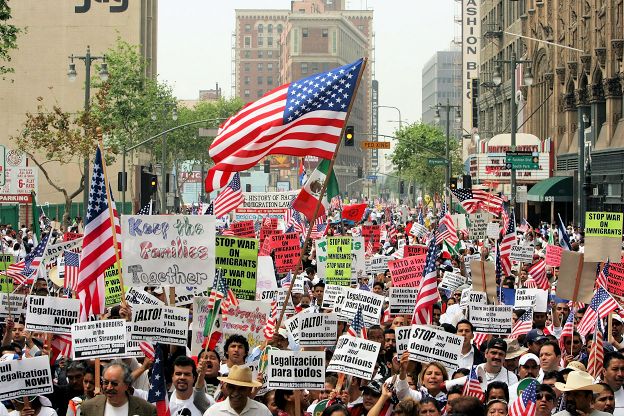
The first Labour Day in New Zealand was celebrated on October 28, 1890, which marked the first anniversary of the Maritime Council, an organisation of transport and mining unions.[16] Several thousand trade union members and supporters attended parades in the main city centres. Government employees were given the day off to attend, and many businesses closed for at least part of the day. Initially, the day was variously called Labour Day or Labour Demonstration Day.
In 1899, the government legislated that the day be a public holiday through the Labour Day Act of 1899. The day was set as the second Wednesday in October and first celebrated the following year, in 1900. In 1910 the holiday was moved to the fourth Monday in October.
May Day is celebrated throughout the country as Los Mayos (lit. “the Mays”) often in a similar way to “Fiesta de las Cruces” in many parts of Hispanic America. One such example, in Galicia, is the festival “Fiesta de los Mayos” (or “Festa dos Maios” in Galician, the local language). It has a celtic origin (from the festivity of Beltane) and consists of different traditions, such as representations around a decorated tree or sculpture.
People sing popular songs (also called maios,) making mentions to social and political events during the past year, sometimes under the form of a converse, while they walk around the sculpture with the percussion of two sticks. In Lugo and in the village of Vilagarcía de Arousa it was usual to ask a tip to the attendees, which used to be a handful of dry chestnuts (castañas maiolas), walnuts or hazelnuts. Today the tradition became a competition where the best sculptures and songs receive a prize.
In the Galician city of Ourense this day is celebrated traditionally on 3 May, the day of the Holy Cross, that in the Christian tradition replaced the tree “where the health, life and resurrection are,” according to the introit of that day’s mass.
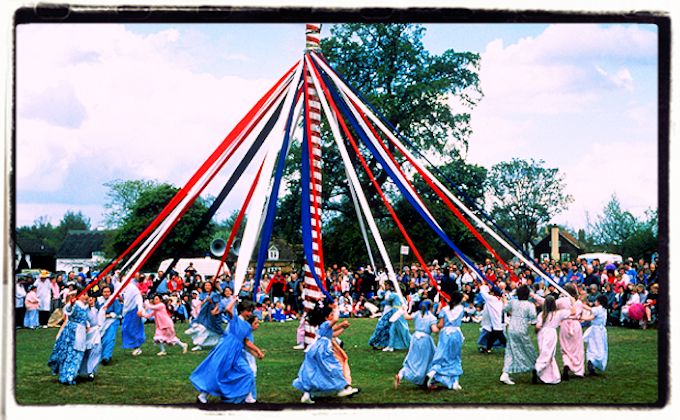
Traditional English May Day rites and celebrations include crowning a May Queen and celebrations involving a maypole, around which dancers often circle with ribbons. Historically, Morris dancing has been linked to May Day celebrations. The earliest records of maypole celebrations date to the 14th century, and by the 15th century the maypole tradition was well established in southern Britain. The tradition persists into the 21st century in the Isle of Ely. Centenary Green part of the Octavia Hill Birthplace House, Wisbech has a flagpole which converts into a Maypole each year, used by local schools and other groups.
The early May bank holiday on the first Monday in May was created in 1978; May Day itself – 1 May – is not a public holiday in England (unless it falls on a Monday). In February 2011, the UK Parliament was reported to be considering scrapping the bank holiday associated with May Day, replacing it with a bank holiday in October, possibly coinciding with Trafalgar Day (celebrated on October 21), to create a “United Kingdom Day”. Similarly, attempts were made by the John Major government in 1993 to abolish the May Day holiday and replace it with Trafalgar Day.
Unlike the other Bank Holidays and common law holidays, the first Monday in May is taken off from (state) schools by itself, and not as part of a half-term or end of term holiday. This is because it has no Christian significance and does not otherwise fit into the usual school holiday pattern. (By contrast, the Easter Holiday can start as late – relative to Easter – as Good Friday, if Easter falls early in the year; or finish as early – relative to Easter – as Easter Monday, if Easter falls late in the year, because of the supreme significance of Good Friday and Easter Day to Christianity.)
Here are the major U.S. holidays. In some cases, businesses, government offices, and schools will be closed, and also the International Days list.
New Year’s Eve/New Year’s Day
MLK Jr. Day
President’s Day
Valentine’s Day
St. Patrick’s Day
Easter/Spring Break
Mother’s Day
Memorial Day
Father’s Day
4th of July
Labor Day
Halloween
Thanksgiving
Christmas Eve
Christmas Day
International Days List

